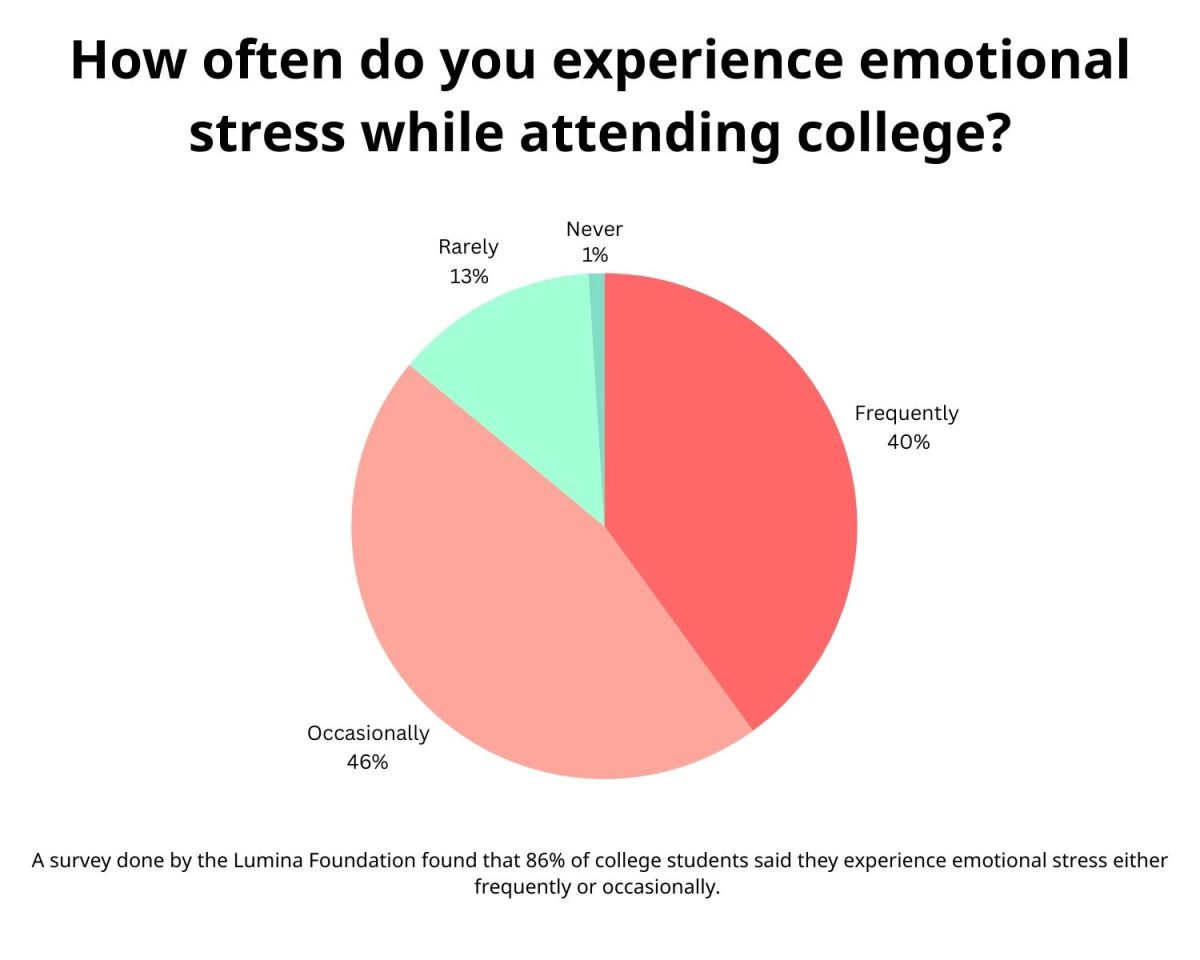With Christmas and the New Year festivities finally being over, it’s time to settle back into the old familiar routine: school. However, being back on the grind doesn’t mean it’s impossible to enjoy those Christmas presents received over the holidays. What about that Kindle Fire or that Nook e-reader Santa tucked in the pile, next to the fruit cake and stack of gift cards? Yes, that’s right; it’s time to read some books!
E-readers are technological wonders. Whether it’s a Nook or a Kindle, they offer numerous advantages: the ability to carry an entire library with ease, discounted prices and Internet access. That and isn’t it nice to read books like “Fifty Shades of Grey” without being shunned by friends and family? Yes, yes it is.
And yet, an e-book never quite matches up to a real book. Anyone can go and list off all the ways an e-book is technically superior to traditionally printed books, but there is something about the tactile experience of bound paper and ink that resonates with people ’round the world.
A recent article printed in the Wall Street Journal by Nicholas Carr uses studies to prove this point, with key statistics from a Pew Research Study, such as “…fully 89 percent of regular book readers have said that they had read at least one printed book during the preceding 12 months. Only 30 percent reported reading even a single e-book in the past year.” Basically, e-books are being treated like audiobooks: they’re just accessories.
Today, for the most part, music and movies have been almost entirely taken over by the digital age. Netflix streams episodes of “Breaking Bad” straight to TV and laptops screens while Spotify and iTunes offer millions of songs, either through streaming or purchasing, through the Internet. When e-readers first came out, people assumed a similar transformation would happen. However, it seems e-readers – while certainly a revolutionary device – are not the usurper of the printing press.
What traditionally printed books offer that e-readers can’t replicate (at least, not with technology now) is tradition. E-readers, no matter how fancy or high-tech, can never be placed on a shelf in a home. A kindle fire can never achieve that old book smell, the aroma that every true book lover knows: a mixture of age, mustiness and a dash of vanilla. There is something special in the imperfections, in the tactile sensation of fingertips tracing and dog-earing pages. No matter how advanced an e-book gets, there is yet to exist one that can duplicate that.
Books are a commitment. Reading “War and Peace”
is not the same as watching a two-hour movie or a 30-minute episode of “Girls.” With an e-reader, staring at the same screen – no matter how friendly on the eyes – is not the same as gazing at the printed pages of Harry Potter, feeling the weight and texture of the pages, turning them one-by-one as you slowly realize that oh-no-oh-no-HARRY WATCH OUT FOR VOLDE-.
Anyway, e-readers are awesome devices, and are tailor-made for impulse purchases and books that are worth a single read and then can be relegated to the trash bin. How many times does anyone actually need to reread the latest Nicholas Sparks or E.L. James novel?
These are not the books that will be hailed as classics, that every American should have a copy to peruse in his or her library. No one, at least, no one sane, is going to grab their kids and start reading them passages out of “Fifty Shades of Grey.” And God help those poor children whose parents do.
Categories:
Tangible books outlast technology
Claire Mosley
•
January 10, 2013
0
More to Discover





